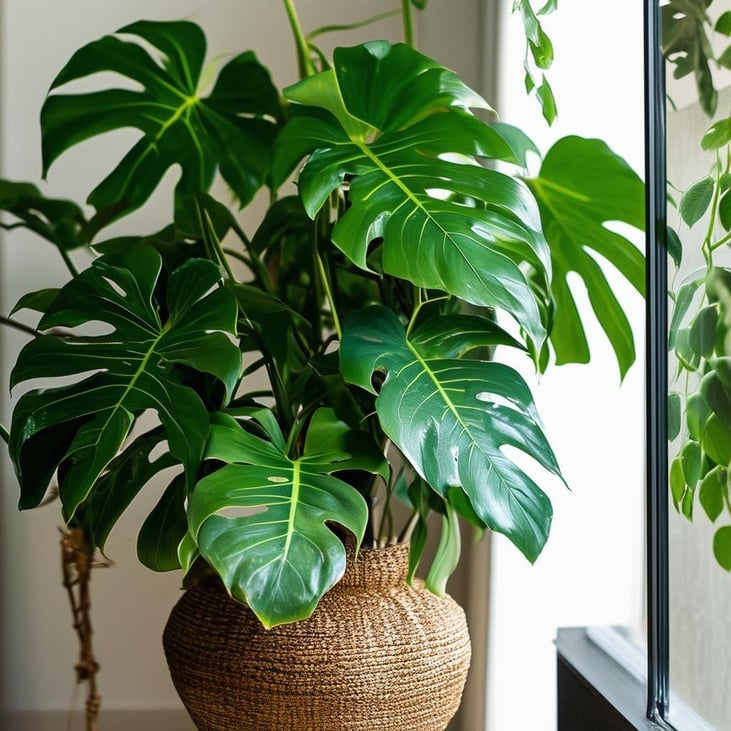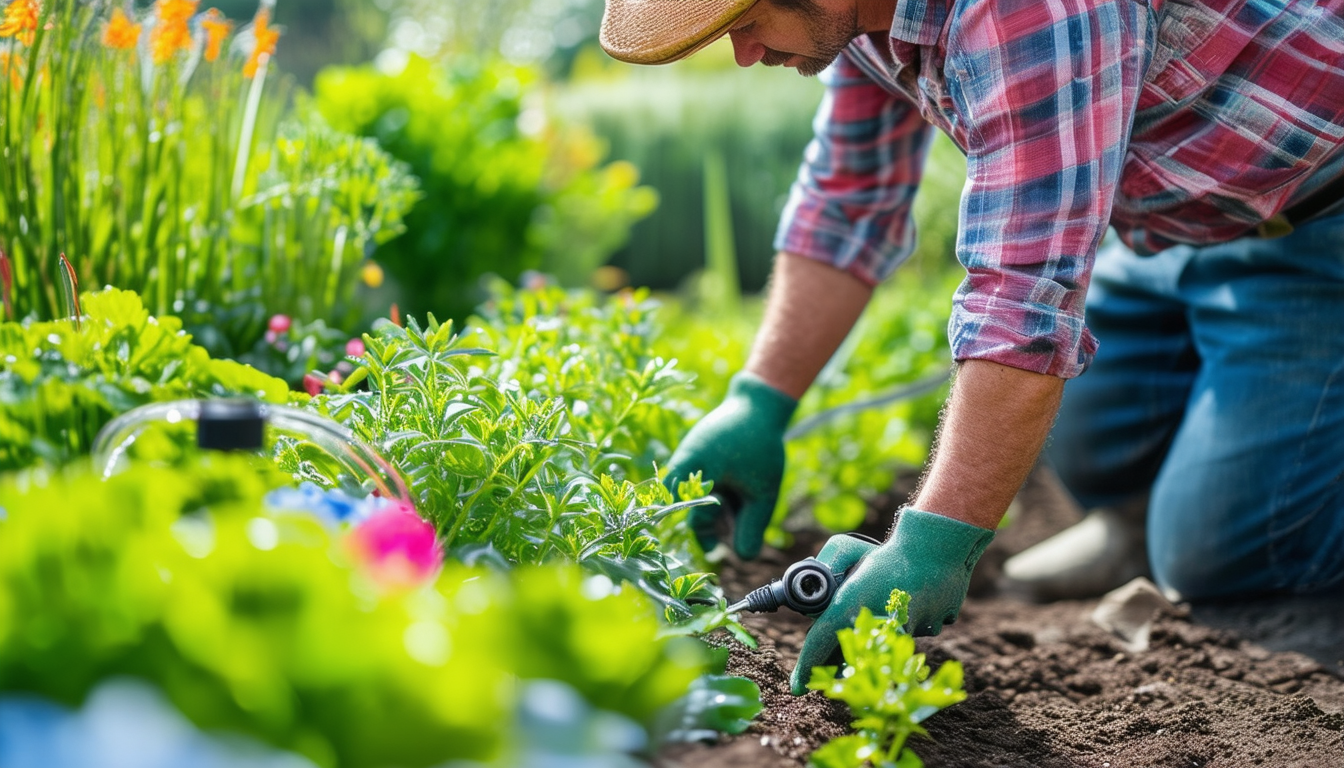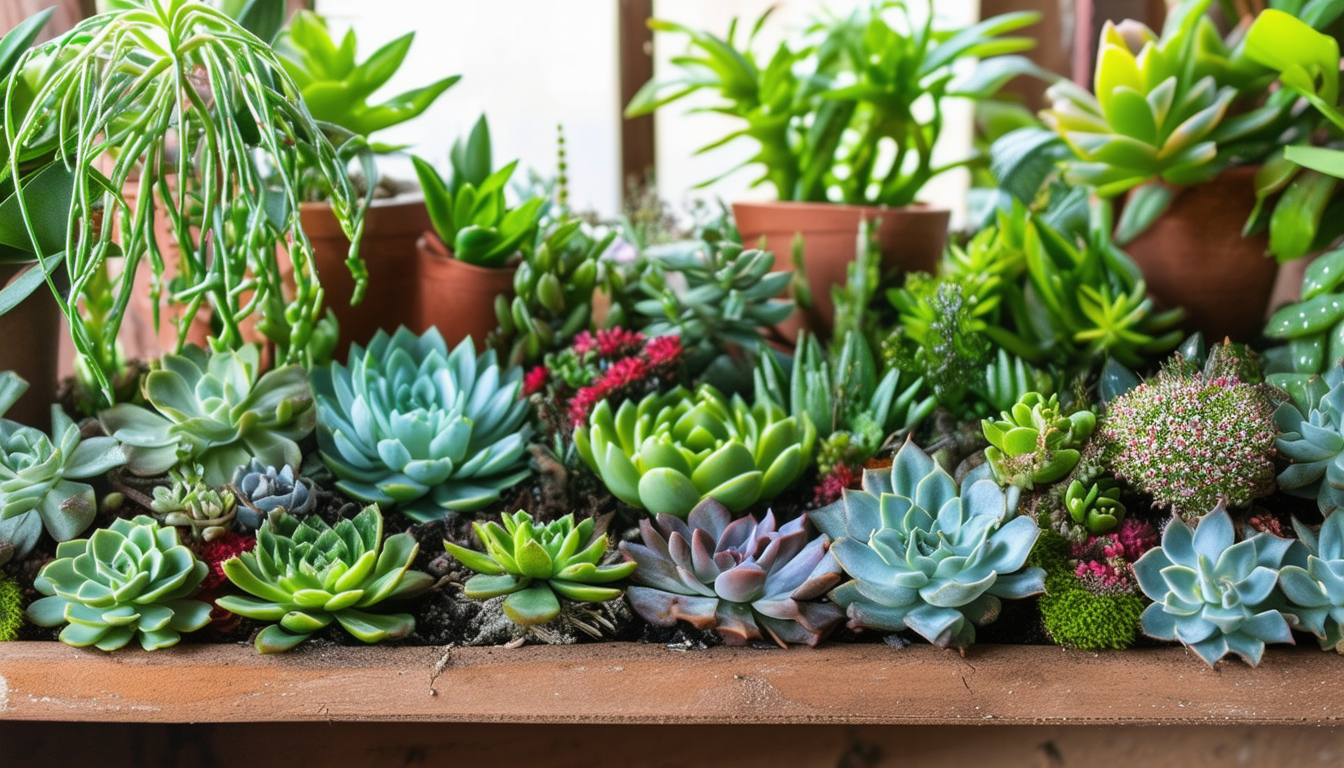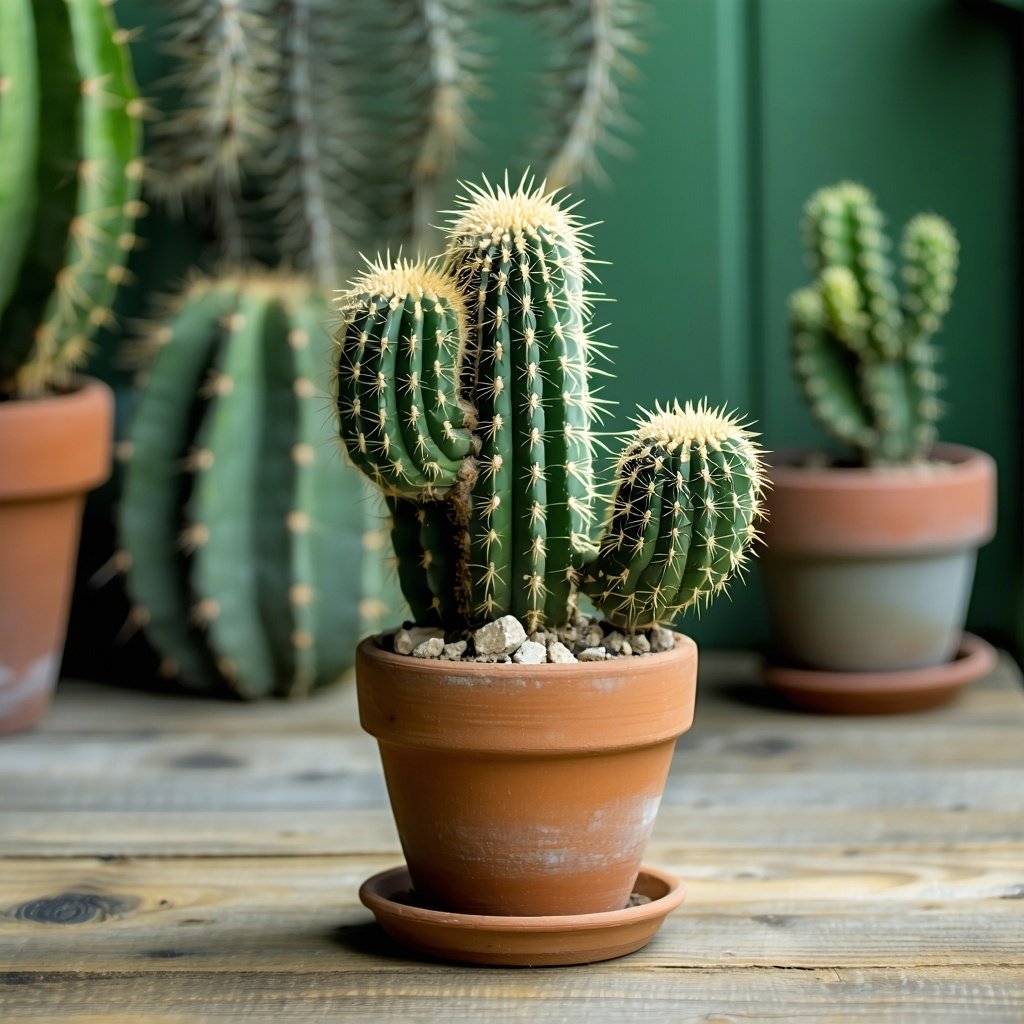
Unveil the secrets to ensuring your Monstera not only survives but thrives by finding its ideal location in your home.
This content is for members only
Create a free account with www.theonlinegardencenter.com to access this exclusive content.
Already a member?Sign in



